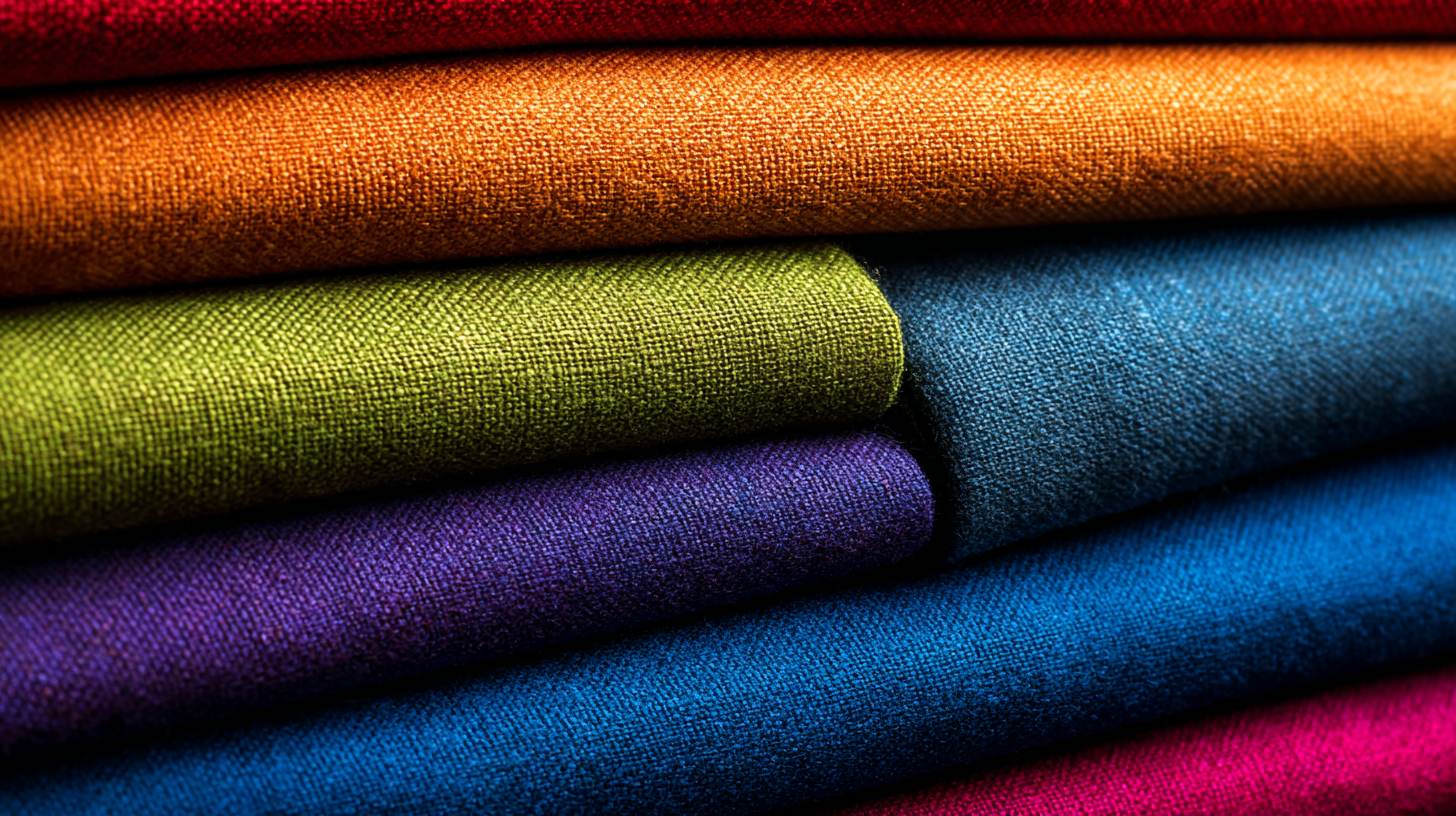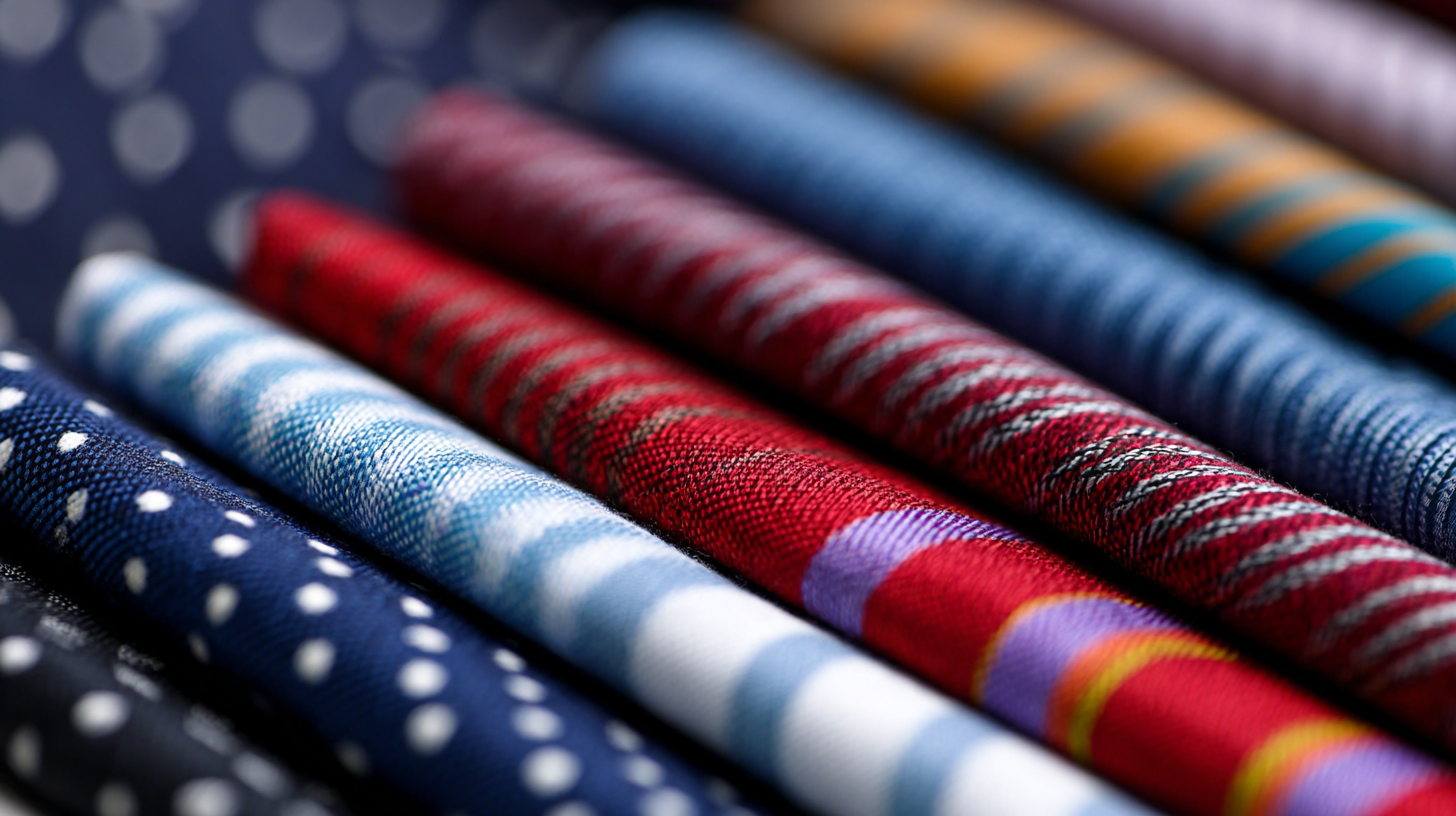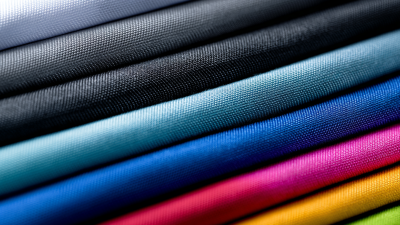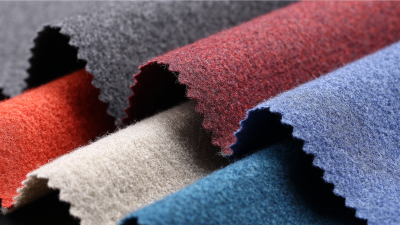- +86 13957580925
- 510515850@qq.com
- adela0928@163.com
In the realm of textiles, the debate of Polyester V Cotton has sparked considerable interest among consumers, designers, and manufacturers alike. Understanding the fundamental differences and benefits of these two prominent fabric types is essential for making informed choices in clothing and home textiles.

Polyester, a synthetic fiber, is renowned for its durability, wrinkle resistance, and moisture-wicking properties, making it a popular choice for activewear and outdoor gear. Conversely, Cotton, a natural fiber, is celebrated for its breathability, softness, and comfort, often regarded as the fabric of choice for everyday wear.
This exploration delves into the science behind these two fabrics, examining how their unique properties can affect performance, maintenance, and environmental impact. By comparing Polyester V Cotton, we aim to illuminate the strengths and weaknesses of each fiber, helping consumers navigate their options and choose the best fabric for their needs, whether it's for fashion, functionality, or sustainability.
Polyester and cotton are two of the most widely used fabrics in the textile industry, each with distinct characteristics that cater to various needs.
 Polyester, a synthetic fabric made from polymer fibers, is known for its durability, resistance to wrinkles, and quick-drying properties. It is often used in athletic wear and outdoor clothing due to its ability to withstand wear and tear while maintaining its shape. The production process of polyester involves heating and melting plastic materials, which are then cooled and spun into fibers, resulting in a fabric that is lightweight and strong.
Polyester, a synthetic fabric made from polymer fibers, is known for its durability, resistance to wrinkles, and quick-drying properties. It is often used in athletic wear and outdoor clothing due to its ability to withstand wear and tear while maintaining its shape. The production process of polyester involves heating and melting plastic materials, which are then cooled and spun into fibers, resulting in a fabric that is lightweight and strong.
In contrast, cotton is a natural fiber derived from the cotton plant’s fluffy bolls. Renowned for its breathability, softness, and comfort, cotton is a popular choice for everyday clothing and home textiles. The cultivation of cotton involves farming the plants, followed by a series of processes that include harvesting, ginning, and spinning the fibers into yarn. While cotton is absorbent and perfect for warm weather, it can shrink and wrinkle easily, making it less durable than polyester. Understanding the composition of these fabrics highlights why they are often blended to combine the best features of both, offering a balance of comfort and resilience in our everyday clothing choices.
When comparing polyester and cotton, it's essential to examine their properties in terms of durability, comfort, and breathability.
Polyester, a synthetic fabric, is known for its remarkable strength and resistance to wear and tear. This resilience makes polyester ideally suited for clothing that endures frequent washing and daily use. In addition, polyester dries quickly, which adds to its appeal for activewear and outdoor use where moisture management is crucial.
On the other hand, cotton offers a more classic comfort that many consumers appreciate. It is soft against the skin and highly breathable, allowing for good air circulation, which helps regulate body temperature. Cotton’s natural fibers make it hypoallergenic, making it suitable for individuals with sensitive skin. However, cotton may not be as durable as polyester, as it can shrink and lose strength over time.
This juxtaposition of polyester’s durability and cotton’s comfort presents a thoughtful choice for consumers looking to balance wear and feel in their fabric selections.
When it comes to fabric choice, polyester and cotton both offer distinct advantages, particularly in moisture wicking and temperature regulation. According to a report from Textile World, polyester can absorb up to 0.4% of its weight in moisture and tends to wick sweat away from the skin, making it a preferred choice for activewear. On the other hand, cotton, while breathable and comfortable, can retain moisture, which may leave the wearer feeling damp during physical activities. The difference in moisture management between these fabrics can significantly influence comfort levels during exercise.
In terms of temperature regulation, polyester excels due to its ability to dry quickly, often drying three times faster than cotton (as noted in the Journal of Textile and Apparel Technology and Management). This property not only helps in maintaining body temperature during workouts but also minimizes the risk of overheating. Conversely, cotton is more insulating in cooler temperatures, which can be beneficial for casual wear but doesn't fare as well during intense activities.
**Tips:** When choosing your activewear, look for blends that combine the moisture-wicking properties of polyester with the comfort of cotton for an optimal experience. Additionally, consider the climate; polyester is ideal for hot, humid conditions, while cotton might be better suited for cooler days. Make sure to check the fabric composition to find the right balance for your needs!

The textile industry is undergoing significant changes as consumers increasingly demand sustainable options. The global T-shirt market is predicted to reach a valuation of $30.69 billion by 2025 and expand to $41.76 billion by 2033, with a compound annual growth rate (CAGR) of 3.9%. Meanwhile, the overall textile market is expected to grow from $982.67 billion in 2024 to $1,419 billion by 2032, driven by an increasing demand for sustainable materials like recycling fibers. The sustainable regenerated fibers market alone is projected to reach $7.66 billion by 2025, growing to $12.44 billion by 2033, showcasing a CAGR of 6.2%.
As consumers become more eco-conscious, the ecological fiber market is also expanding rapidly. It is estimated to grow from $61.78 billion in 2024 to $120.99 billion by 2032. The findings indicate a strong trend towards sustainability within the fashion industry, which faces mounting criticism for its adverse environmental impacts including high water usage in cotton production—approximately 10,000 liters are needed to grow just one kilogram of cotton. This awareness is pivotal as industry stakeholders adapt to mitigate these effects, highlighting the urgent need for innovations in fabric production and recycling processes to truly enhance sustainability efforts.
When it comes to maintaining your polyester and cotton fabrics, understanding their distinct care instructions is essential for prolonging their lifespan and keeping them looking fresh. Polyester, known for its durability and resistance to wrinkles, is typically easy to clean. It can withstand a variety of washing conditions, but it's advisable to wash it in cold or warm water to prevent any shrinkage and preserve its vibrant colors. Tumble drying on a low setting is usually safe, but air drying can further extend the fabric's life.
On the other hand, cotton fabrics require a bit more care since they can shrink and wrinkle more easily. Washing cotton in cold water helps minimize shrinkage, while using a gentle cycle can prevent excessive wear. Additionally, it's best to avoid bleach unless the fabric is heavily soiled, as harsh chemicals can compromise the integrity of cotton fibers. To maintain the softness of cotton, consider adding fabric softener and always check the garment's label for specific guidelines. By following these tailored instructions for both polyester and cotton, you can ensure that your favorite fabrics remain in excellent condition for years to come.






